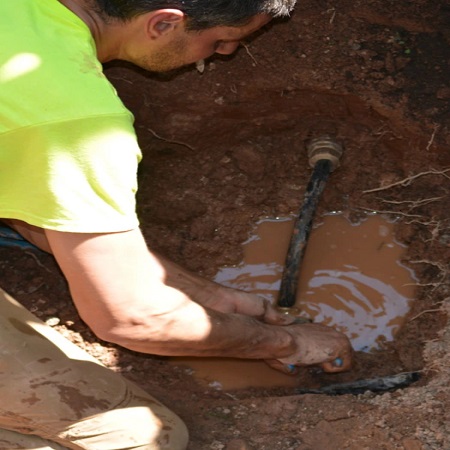Introduction:
When it comes to maintaining the integrity of our infrastructure, such as water and sewer pipelines, innovative solutions play a crucial role. Pipe lining, also known as cured-in-place pipe (CIPP) lining, is a cutting-edge technology that offers a magical solution to rehabilitate damaged or aging pipelines without the need for costly and disruptive excavation. This remarkable technique has revolutionized the world of pipeline repair and has become the go-to method for municipalities, businesses, and homeowners alike. In this article, we will explore the magic of pipe lining and how it has transformed the way we address pipeline issues with efficiency, durability, and environmental consciousness.
What is Pipe Lining?
Pipe lining is a trenchless rehabilitation method used to repair damaged or deteriorating pipelines without digging trenches. The process involves inserting a flexible, resin-saturated lining into the existing pipeline, where it is then cured in place using hot water, steam, or ultraviolet light. Once cured, the lining forms a seamless, jointless, and durable new pipe within the old one, effectively restoring its structural integrity and flow capacity.
The Magic Unveiled:
Minimizing Disruption:
One of the most magical aspects of pipe lining is its ability to minimize disruption during the repair process. Traditional pipeline repair methods require extensive excavation, causing disruptions to roadways, landscapes, and surrounding structures. Pipe lining, however, eliminates the need for trenching, making it ideal for congested urban areas, historic sites, and environmentally sensitive locations.
Efficiency and Speed:
Pipe lining is incredibly efficient and can be completed in a fraction of the time it takes for traditional pipeline repair. With a streamlined process that involves inserting the lining, curing it in place, and conducting a final inspection, projects can be completed swiftly, minimizing downtime and inconvenience for businesses and residents.
Seamless and Durable Solution:
The resulting lining is a seamless, jointless pipe that is resistant to corrosion, root intrusion, and leaks. This durability ensures a longer lifespan for the rehabilitated pipeline, reducing the need for frequent maintenance and costly repairs.
Environmental Consciousness:
Pipe lining's trenchless nature contributes to environmental consciousness. With no excavation required, there is minimal disturbance to the surrounding ecosystem, reducing the carbon footprint of the repair process.
Versatility:
Pipe lining is suitable for a wide range of pipeline materials, including cast iron, clay, PVC, and concrete. Its versatility makes it applicable to various pipeline rehabilitation projects, regardless of the material used in the original pipe.
Cost-Effectiveness:
In addition to the time savings and reduced disruption, pipe lining offers cost-effectiveness. With fewer labor hours and minimal material costs, this trenchless method can significantly reduce the overall expenses of pipeline rehabilitation.
Conclusion:
The magic of pipe lining has transformed the landscape of pipeline repair and rehabilitation. With its ability to minimize disruption, ensure efficiency and speed, and provide a seamless and durable solution, pipe lining offers an innovative approach to preserving and enhancing our vital infrastructure. As cities, businesses, and homeowners continue to seek sustainable and efficient methods of pipeline repair, the magic of pipe lining shines bright as a remarkable solution that saves time, money, and the environment.
For more Info :-





Comments